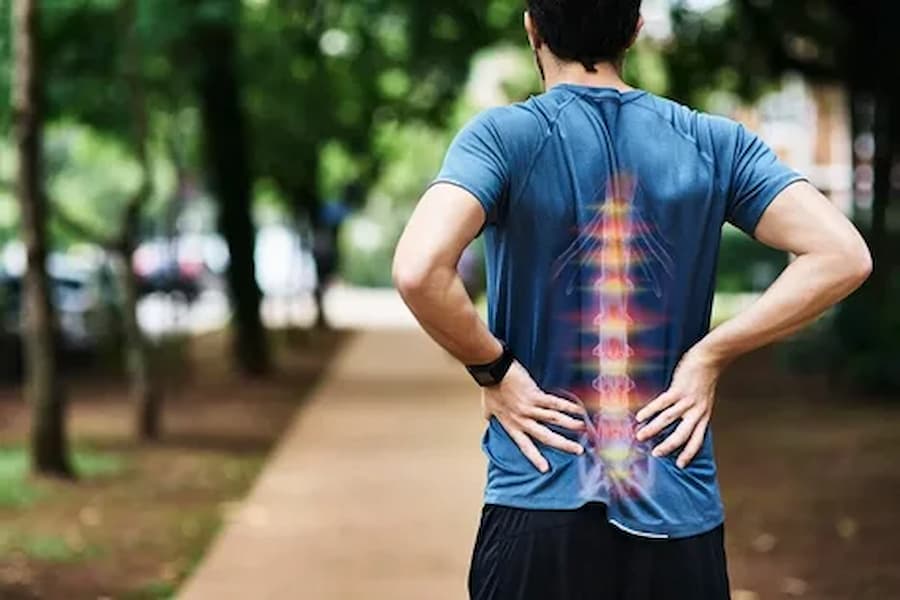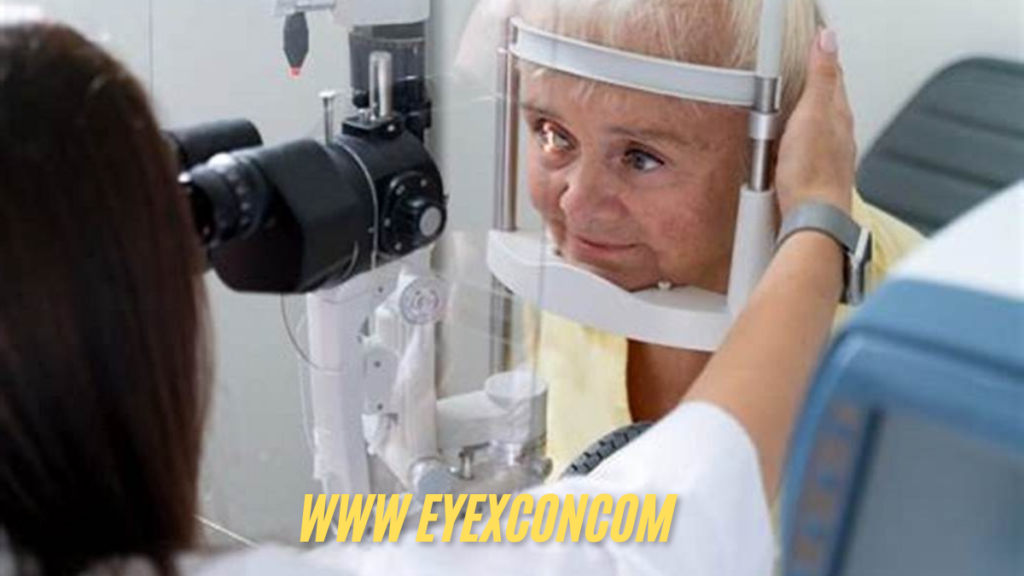Lower back pain is a common issue in many people. In most cases, this pain improves within a few weeks, although in some it persists or recurs. Your back is a very complicated structure that supports your pelvis, legs, rib cage, arms, and skull. At its core is the spine, a flexible, S-shaped column made up of vertebrae. These bones are linked by muscles, ligaments, and joints, which are all important for your mobility and stability. Most back pain is not caused by serious damage to the spine. More often, it will be the result of strain or tension in the muscles, ligaments, or joints. If you have Back Pain seeing a consulting back pain Ashford Kent or using gentle exercises can greatly improve your condition, helping to avoid future pain.
Causes of Back Pain
Spondylosis
Natural processes occur in the spine as one age. Bone, disc, and ligaments may become weak, but such changes are not always accompanied by pain. However, most have these changes pain-free, which can help an individual manage the risk of developing possible problems. Over time discs become thinner so that the spacing between vertebrae decreases. Small bone formations called osteophytes can begin around the vertebrae and joints of the spine. This disease, spondylosis bears a close similarity to osteoarthritis as it affects the joint. The term itself may be somewhat ominous, but spondylosis often turns out to be a condition that can be effectively managed. Regular exercises to maintain spinal flexibility and strength as well as through surrounding muscles are part of it. Low-impact physical activity and proper posture also reduce its impact and improve the quality of life.
Sciatica
Sometimes, back pain is accompanied by leg pain, tingling, or numbness. This is known as sciatica and occurs when a nerve in the spine is compressed or irritated. For many, leg pain is worse than any discomfort in the back, and some may not experience back pain at all. Sciatica is commonly caused by the pressure of a bulging disc against a nerve root. The design of the discs allows for flexibility and mobility; however, a bulging disc that causes pinching against a nerve root may cause radiating pain that will travel down to the leg sometimes to the foot. Recovery from sciatica may take a few weeks to months. Gentle exercises can promote flexibility and speed up the healing process. Consulting a physiotherapist is highly recommended for tailored exercises and long-term prevention strategies. Early intervention and consistent care can make managing sciatica much easier.
Stenosis
It’s a condition where the Spinal Canal, a small, hollow passageway inside the Spine – gets narrowed. Usually, bones or ligaments place this pressure on nerves, and these symptoms often occur in both legs; sometimes, one may ache more than the other. Many people find walking easier with a slightly stooped posture. Sitting down usually brings quick relief. While spinal stenosis and sciatica are rarely serious, severe symptoms that interfere with daily life should be discussed with a doctor. They can suggest treatments to improve your quality of life.
Strain
Back pain is usually caused by muscle strain. Strain occurs when muscles get stretched or torn, often through poor lifting of heavy objects, or twisting. Overactivity is another common cause. Mowing the lawn for hours or participating in a game can give rise to sore and stiff muscles. This type of pain is ordinarily temporary and goes away with rest and gentle stretching. Proper techniques of lifting and moving can prevent strain while using heavy objects. 1
Osteoporosis
this weakens bones by lowering their density making them brittle and thus becoming more liable to fractures, although the spine small fractures are mostly known as compression fractures; these may hurt a long Osteoporosis is, in most occasions, silent until it has caused a fracture hence the need for taking care of bones for optimum health A diet rich in calcium and vitamin D, combined with weight-bearing exercise, can help maintain strong bones.
Also Read: Innovative Techniques for Long-Term Neck Pain Relief
Treatment of Back Pain
Medication
Most back pain problems can be self-treated at home with the use of nonsteroidal anti-inflammatory drugs (NSAIDs) such as ibuprofen (Motrin, Advil) or naproxen (Aleve), which decrease inflammation and reduce pain. Analgesics such as acetaminophen (Tylenol) are also available to relieve pain without any effect on inflammation. It is very important not to exceed the recommended dose since it may result in kidney problems or stomach irritation. Do not use NSAIDs if any one of the conditions listed below is present without talking to your physician.
Topical Rubs and Ointments
For pain in a small localised area, topical treatments work the best. Products include gels, creams, patches, sprays, and lotions containing substances such as ibuprofen or lidocaine. This class of products will target pain right at its origin and are, in many cases, preferred to oral forms. For muscle spasms with back pain, muscle relaxants are good for relief through the quieting of the central nervous system. They induce drowsiness therefore driving should not be done following a dose.
Antidepressants
Certain antidepressants are prescribed for the treatment of back pain off-label, although often only with a secondary diagnosis and mainly for related nerve pain. Such medications shift pain signals inside the brain while potentially helping reduce disrupted sleep, due to chronic pain.
Cortisone Shots
Cortisone injections are useful for back pain due to nerve compression or inflammation. Such injections decrease inflammation and calm inflamed nerves. They are used less frequently to prevent adverse effects.
Opioids
Even more potent, stronger medications would be prescribed when the back pain is severe: oxycodone (OxyContin) or hydrocodone-acetaminophen (Vicodin). This type of medicine alters pain reception in the brain. Because of potential dependence, opioids have to be dispensed with maximum care and also under close surveillance of a health care provider.
Surgery
Surgery is usually preserved for cases that do not respond to conservative treatments, such as structural abnormalities, nerve compression, or spinal cord problems. Herniated discs or spinal stenosis may need surgery to relieve pain and restore function.
Visit Magazinespot for more informative blogs






